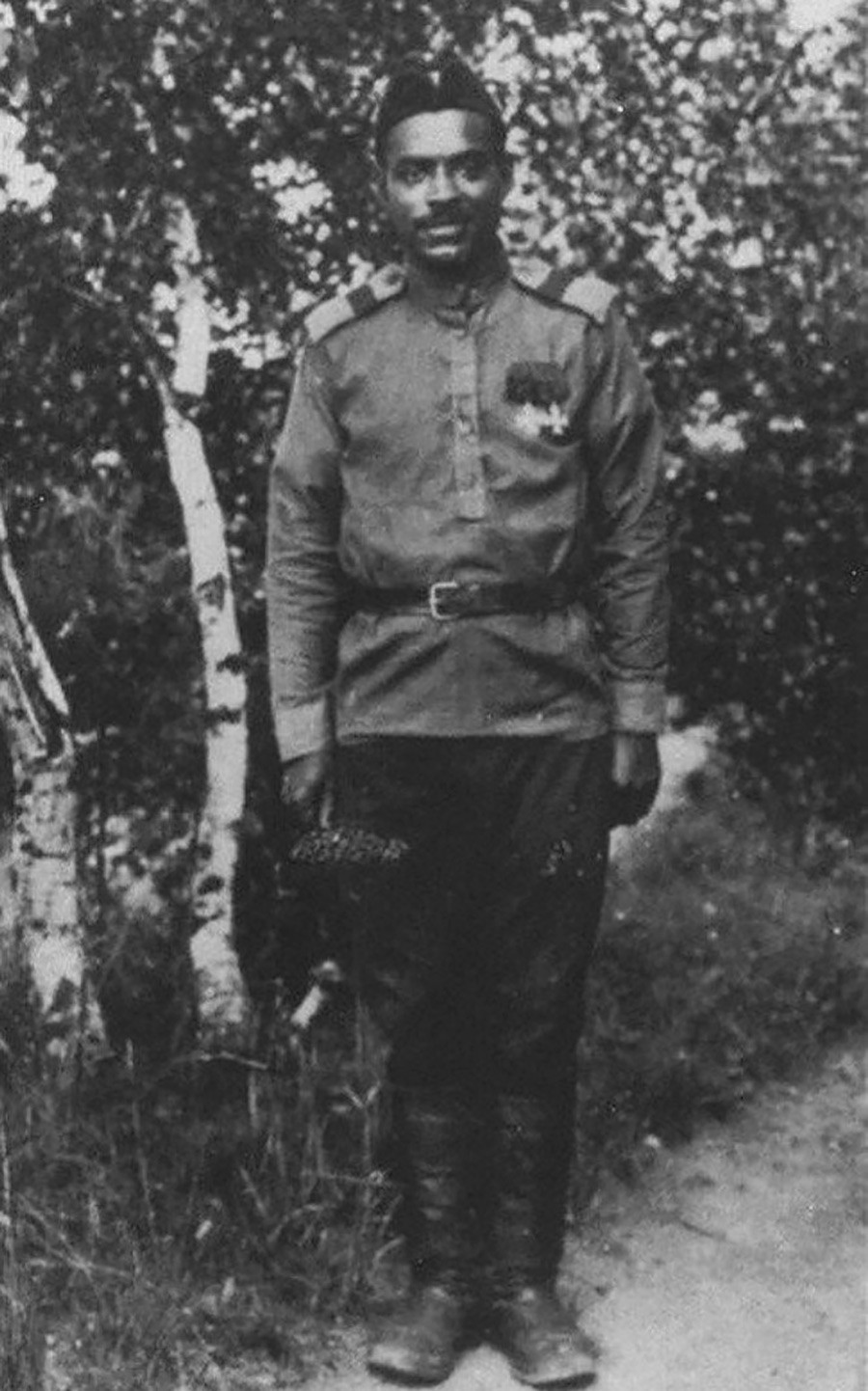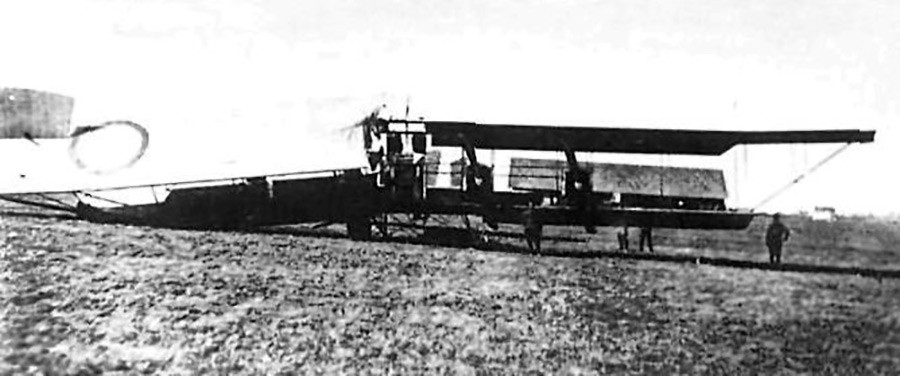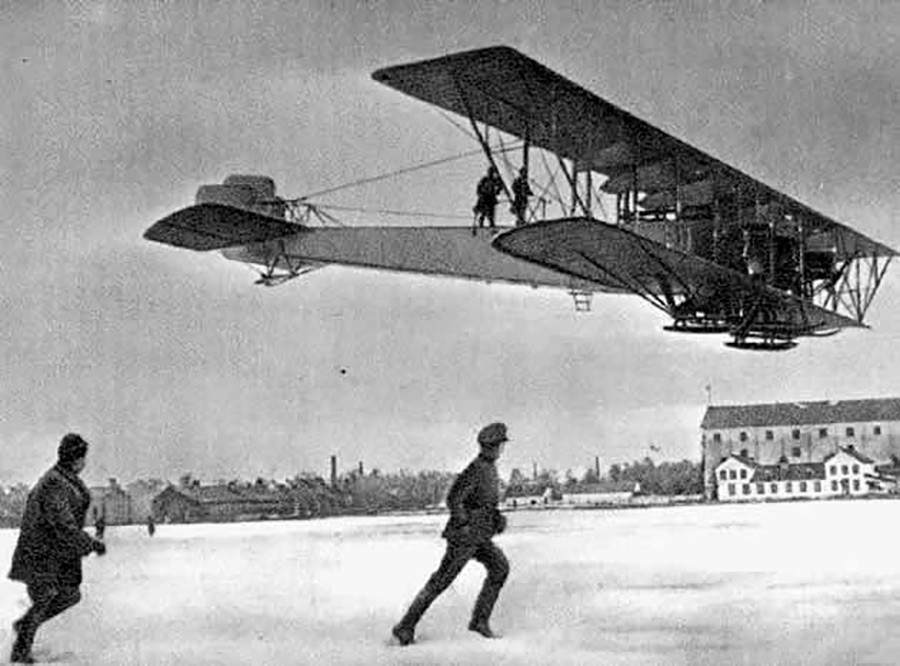How did a Polynesian become a hero of the Russian Empire during WWI?
African, Polynesian and Indian soldiers in the French and British armies during WWI would hardly have raised an eyebrow. But to meet them among the Russian ranks was something scarcely believable. Nevertheless, one Polynesian not only served in the Imperial Russian
New Motherland
Marcel Pliat wasn’t born in the Russian

His outstanding technical skills allowed him to jump from being a common driver into aviation. Pliat was appointed a mechanic-machine gunner on the Ilya Muromets heavy bomber.
At first, Marcel’s exotic origin raised
Two-time hero
On April 13, 1916,
The hit plane began to swivel so steeply that Marcel fell out of the cabin. His life was saved only because he had made sure to tie himself with the safety belt. After he regained consciousness, Marcel stepped out onto the wing of the flying plane to repair the damaged engine

Ilya Muromets after Daudzeva bombing
Public domainIn October 1916, Marcel Pilat got a second chance to show himself. His plane engaged in an air battle with three German fighters. The Polynesian shot two of them, after which the third flew away.
This air victory shocked the Germans, who were afraid to attack the Russian “flying fortresses” for several months
Designing aircraft
Marcel Pliat made a mark not only on the

It is unknown whether Marcel Pliat was killed in action or moved to France with his family to avoid the horrors of the coming Revolution and Civil War. He fell off the grid after 1916, and his fate remains unknown.
If using any of Russia Beyond's content, partly or in full, always provide an active hyperlink to the original material.
Subscribe
to our newsletter!
Get the week's best stories straight to your inbox